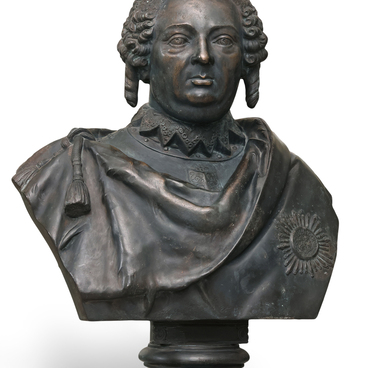After Poland adopted Christianity in 966, it began its attempts to propagate this religion among the pagans in the neighboring Prussia. In the 1070s, Adam of Bremen left the following account of the “sambas” (as he called all Prussians),
Spiral torc
One could point out many things in the manners of these people that are worthy of praise, if only they would believe in Christ, whose preachers are now cruelly persecuted.
The name “Prussia” as the country of the Prussians began to appear in the documents of the Roman Curia in the 10th century, for example, in the inventory of church estates of the Roman Catholic Church, which were to be Christianized. In the early 13th century, the Teutonic Knights began to conquer the Prussian lands.
In 1997–2003, the Kaliningrad group of Baltic Archaeological Expedition of the Institute of Archaeology of the Russian Academy of Sciences conducted research of the Alt-Velau subsoil burial ground. It is located to the north of the village of Znamensk in the Gvardeysky district. The expedition came to the conclusion that the local population retained ancient pagan traditions despite the attempts of its Christianization.
In a number of female burials at this necropolis, massive ritual spiral torcs of the “totenkrone” (dead person’s crown) type were found. They were made of three copper wires. Such jewelry, weighing up to three kilograms, was found in Europe only in the Kaliningrad region and the border regions.
These torcs, which often had massive forged ornamented tips, are shaped like a snake coiled in rings. It was a sacred symbol for the Western Balts. Scholars suggest that the torcs were worn by women at weddings and in burials.
Under the torcs were necklaces of small paste beads of yellow and green colors with globular bells, and sometimes with disc-shaped and cross-shaped pendants. Copper oxides from the torc preserved the fabric. Thanks to this, a fragment of a shoulder coverlet made of linen with a wide border has survived to our days.

